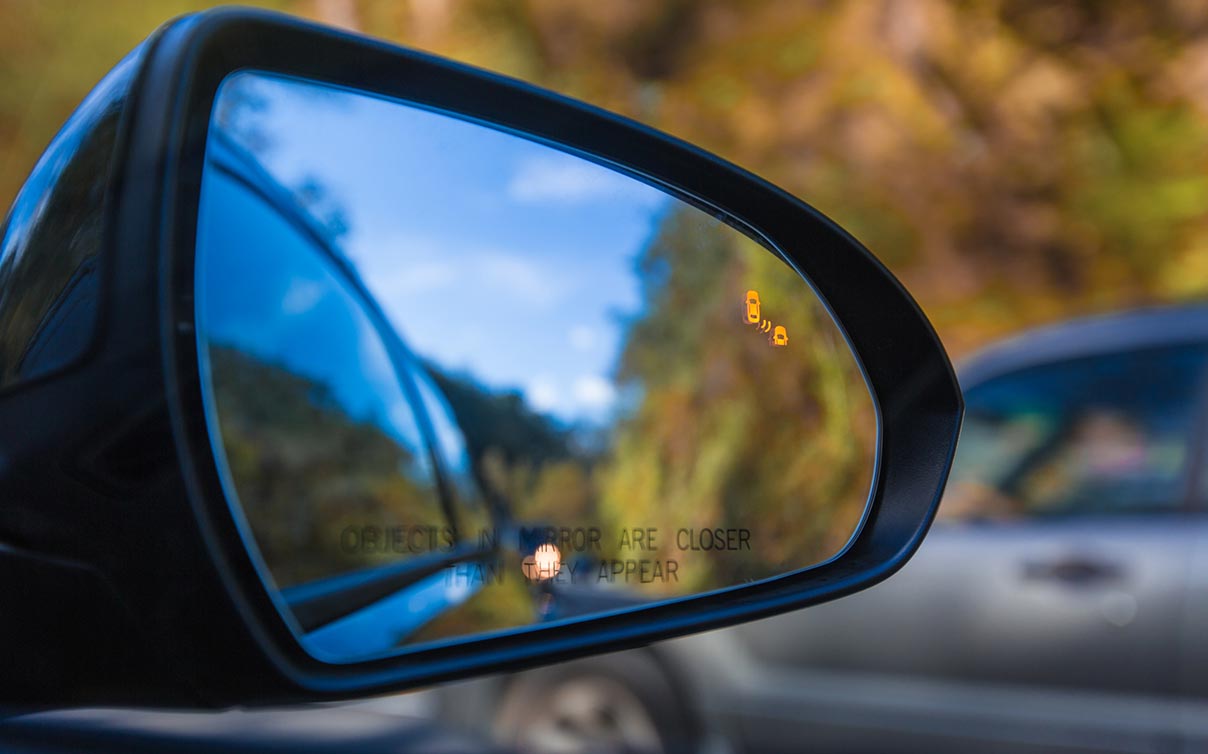Most teens spend countless hours dreaming of getting their driver’s license and owning a car. When faced with this challenging decision of what car to buy, here are a few things to consider.
Speed Kills
Motor vehicle accidents are the leading cause of death among teens, and in 29% of those accidents the primary cause is speeding.1 Driving fast with turbochargers and high horsepower is even more dangerous. Selecting a vehicle with a four-cylinder engine and average horsepower can help ensure a safer ride and could even save your teenager’s life. In addition you could pocket some savings with a lower insurance rate.
No Trucks
Many parents mistakenly assume that trucks, vans and SUVs are the safest vehicles for teen drivers. The reality is that a high center-of-gravity makes them much less stable and more prone to rollovers2 than traditional mid-size sedans, so try to stay away from them.
Newer is Better
Many parents can’t afford to provide their teens with new or almost-new vehicles, but letting your teenager drive a car that is too old can be dangerous. If possible, try to provide your young driver with a 1997 or newer vehicle – the year airbags were required in all models. Also, look for other, more recent safety features, such as side airbags, anti-lock brakes and roll stability control.
Crash Test Scores
Look at vehicle crash-test scores when shopping for a car; they tell you how well a vehicle can withstand front and side impacts, and prevent rollovers. Crash-test scores are approximate, but represent an excellent appraisal of how well the vehicle will protect its passengers in a car-crash. The National Highway Safety Administration’s vehicle safety site https://www.safercar.gov/ provides rates for a range of vehicles.
What Safety Features Should You Look For?
Newer, Non-standard Vehicle Safety Features
The automotive industry has developed a number of new active safety systems for today’s modern vehicles. Here are a few of the innovations in newer cars on the road now.
Autonomous Braking
This new safety feature uses optical sensors, radar and lasers to identify pedestrians and other vehicles on the road. If the driver does not react in time, the braking system automatically activates to help avoid a collision and save lives.
The National Highway Traffic Safety Association predicts that autonomous braking will be standard in vehicles by 2022.
Blind Spot Warning
Every vehicle has blind spots, areas that the driver can’t see clearly even when using the mirrors. This feature lights up on or near the side mirrors to alert drivers when another vehicle has entered a blind spot.
Backup Camera
Backup cameras, which are now standard on all 2016 vehicles, allow drivers to have a clear view of what’s behind them including pedestrians, cyclists, vehicles and any other obstructions on the road or in their driveway. They also are very useful when parallel parking. Some systems will even alert you when a person or object crosses the rear of your vehicle which, when combined with autonomous breaking, makes for very safe use.

Standard Vehicle Safety Features
No matter what vehicle you decide on for your teen, be sure they know where, what and how to use these vehicle safety features.
Seat Belts
Proper seat belt usage save lives and they have been mandatory in vehicles in the U.S. since 1968. All 50 states and Washington D.C. have laws requiring the use of seat belts for both drivers and passengers. So, buckle up…it could save your life.
Anti-Lock Brakes
Anti-lock braking systems (ABS) were made standard in U.S. vehicles in the 1970s. ABS help the driver maintain steering control and vehicle stability and reduce stopping distance, especially on slippery and wet road surfaces.
Airbags
Airbags are designed to protect vehicle occupants in the event of a crash. They deploy during crashes and cushion occupants from bouncing against hard surfaces in the vehicle. Driver and passenger frontal airbags are standard in all makes and models since 1997, and many newer vehicles include side airbags (protect the torso), side curtain airbags (protect the head during side impacts) and even knee airbags.
Blinkers
Blinkers or turn signals help prevent accidents by indicating your intended actions to other drivers on the road. This familiar safety feature lets other motorist know when you intend to switch lanes, make a turn or pull over and their use is required by law in some states
Windshield Wipers
Windshield wipers are used in inclement weather to clear water and snow that may limit a driver’s visibility. The use of wipers with washer fluid can help clear things like dead bugs and dirt off of your windshield as well. On some newer vehicles the speed of the windshield wipers will automatically adjust based on the amount and speed of the rain.
Importance of Proper Maintenance
It’s important to make sure your car is in great working order through proper maintenance. Planned services based on your manufacturer mileage recommendations can help identify when individual parts are near or at the time to be replaced. Here are a few things to help you determine if you need to take your vehicle in for service:
Brakes
Brakes perform an essential role in driver safety and it is important to remember that over time, they wear out with use. How often you need to change your brakes depends on a number of factors. For example, urban driving in stop and go traffic will wear brakes down quicker than highway driving. Braking at the last minute is also harder on your brakes than letting off the gas and stopping ahead of time. Bad brakes impact your stopping distance and can lead to accidents. If your brakes start to squeak or you hear a grinding noise when braking, it’s time to get them checked, but don’t wait until then – regular servicing of your vehicle will reveal issues with your brakes before it’s too late.
Tires
Check your tire pressure and tread regularly. Improperly inflated tires wear quicker, waste fuel and cause collisions and under-inflated tires heat up and may result in tire failure. Tire tread is important for proper braking and traction. And remember, tires must be rotated every 7,500 miles so that they don’t wear unevenly.
Windshield Wipers
Unmaintained wipers can leave streaks across your windows, inhibiting your ability to see the road. It’s important to change them out when they start to leave streaks or if they aren’t working properly, but as a general rule, you should change your wipers at least once a year. It’s also important to check your windshield washer fluid regularly as this liquid helps clear dirt and bugs off your windshield.
Headlights
Headlights not only enable you to see at night, they also allow other drivers on the road to see you. According to the National Highway Traffic Safety Association, low beams should illuminate between 160 and 300 feet of the road ahead of you. High beams will reach up to 500 feet. If your lights are dimming, it may be time to change them out.


